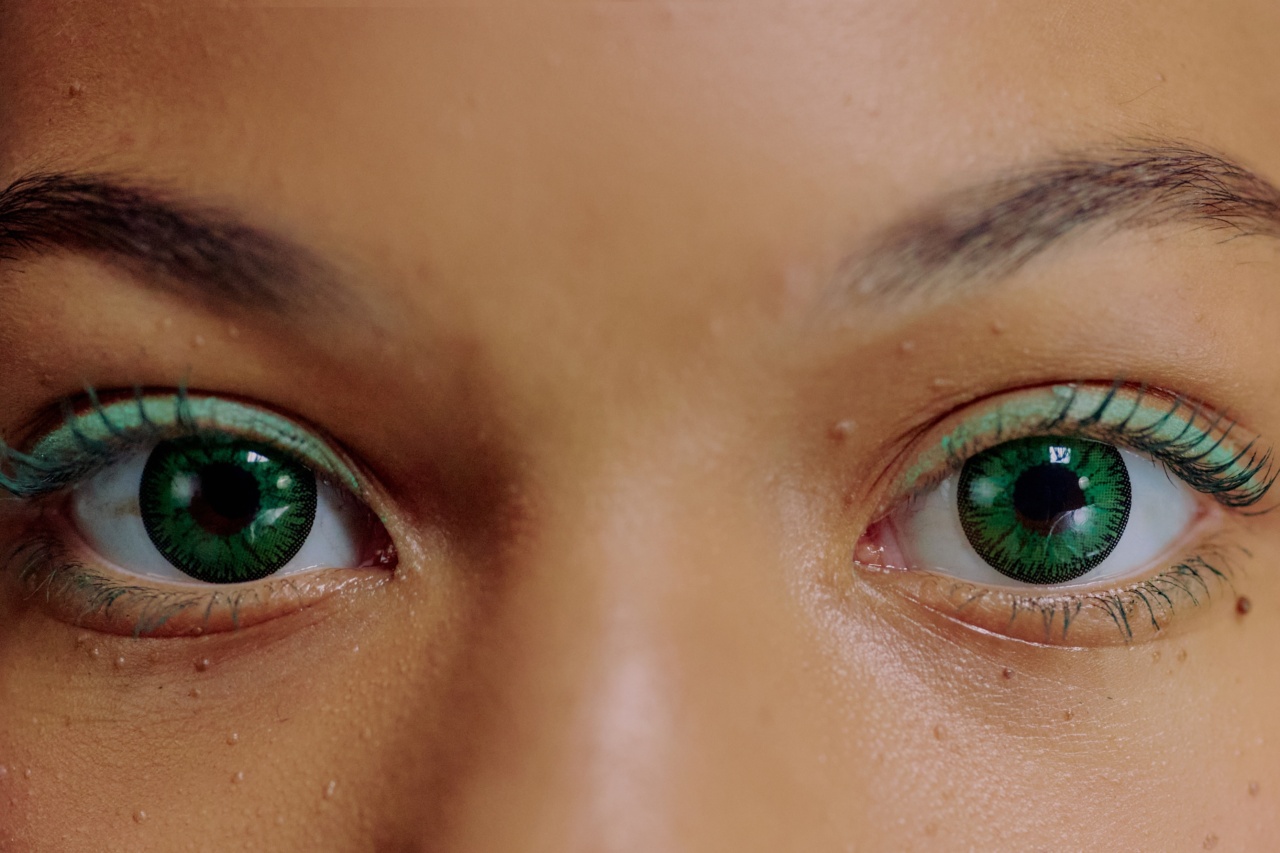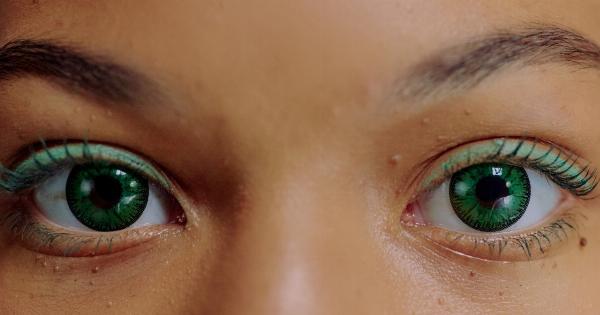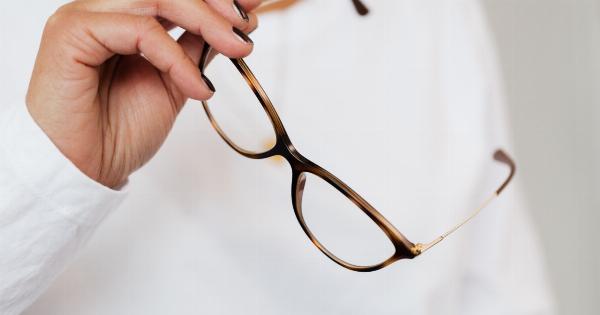Contact lenses are a popular choice for vision correction and have revolutionized the way people with refractive errors see the world. However, the improper use and care of contact lenses can lead to various eye infections.
This article explores the bad habits associated with contact lenses that may increase the risk of eye infections. By understanding these habits and following proper guidelines, individuals can help promote healthy eyes while wearing contact lenses.
The Importance of Proper Cleaning and Disinfection
Cleaning and disinfection play a crucial role in maintaining the hygiene of contact lenses. Failing to clean lenses properly can increase the risk of eye infections.
Many contact lens wearers often skip the recommended cleaning steps or use inappropriate cleaning solutions. This negligence can result in the accumulation of bacteria and other microorganisms on the lenses, which can lead to infections.
Overwearing Contact Lenses
Another common bad habit is overwearing contact lenses. Extended wear can deprive the eyes of oxygen and lead to several issues, including corneal infections.
The cornea relies on oxygen from the air to function properly, and when contact lenses are worn for an extended period, oxygen deprivation can occur. This creates an environment where bacteria can thrive and cause infections.
Poor Hand Hygiene
Effective hand hygiene is essential when handling contact lenses. Many individuals neglect to wash their hands thoroughly before touching their lenses, leading to the transfer of dirt, bacteria, and viruses onto the lenses.
This can significantly increase the risk of eye infections. Proper handwashing with soap and water for at least 20 seconds is always recommended before handling contact lenses.
Using Expired or Unapproved Solutions
Using expired or unapproved contact lens solutions is a hazardous habit that can result in eye infections. The efficacy of contact lens solutions diminishes over time, making them less effective in killing bacteria and disinfecting lenses.
Additionally, using solutions that have not been approved by eye care professionals can introduce harmful chemicals or irritants to the eyes, further increasing the risk of infections.
Sleeping with Contact Lenses On
Sleeping with contact lenses is a harmful practice that can lead to serious eye infections. During sleep, the eyes produce fewer tears, which are necessary for lubrication and removing debris.
This reduced tear production, combined with the presence of contact lenses, creates a higher risk of infection. Lenses should always be removed before sleeping to allow the eyes to rest and rejuvenate.
Using Tap Water for Lens Care
Using tap water to rinse or store contact lenses is a dangerous habit that should be avoided at all costs. Tap water is not sterile and can contain various microorganisms, such as Acanthamoeba.
This microorganism can cause a severe infection called Acanthamoeba keratitis, which can lead to vision loss. It is essential to use only sterile solutions recommended by eye care professionals.
Wearing Lenses in Water
Wearing contact lenses while swimming or engaging in other water-based activities is a risky habit that increases the chances of eye infections.
Water sources, including swimming pools, hot tubs, lakes, and oceans, harbor various microorganisms that can adhere to the lenses. These microorganisms can cause infections and other complications. Contact lenses should always be removed before entering any type of water.
Sharing Contact Lenses
Sharing contact lenses with others is an unhygienic habit that can lead to the spread of eye infections. Each person’s eyes have unique characteristics, and even minor differences can impact the fit and comfort of contact lenses.
Sharing lenses increases the risk of bacterial contamination, which can result in infections.
Using Damaged or Old Lenses
Wearing damaged or old contact lenses is a bad habit that compromises eye health. Over time, lenses can accumulate deposits, scratches, and tears, creating an ideal environment for bacteria to thrive.
Additionally, old lenses may no longer fit properly, causing friction or irritation on the cornea. It is crucial to replace contact lenses as recommended by eye care professionals.
Ignoring Irritation or Discomfort
Ignoring persistent irritation or discomfort while wearing contact lenses is a habit that should not be overlooked. Irritation or discomfort can be a sign of an underlying issue, such as an infection or allergies.
Ignoring these symptoms and continuing to wear lenses can worsen the condition and lead to more severe complications.
Conclusion
Proper hygiene, care, and awareness are vital in preventing eye infections associated with contact lenses.
Avoiding bad habits such as improper cleaning, overwearing lenses, poor hand hygiene, using expired solutions, sleeping with lenses on, using tap water for lens care, wearing lenses in water, sharing lenses, using damaged lenses, and ignoring discomfort can significantly reduce the risk of infections. Following the guidelines provided by eye care professionals and maintaining a proactive approach to eye health can ensure a safe and comfortable contact lens experience.





























